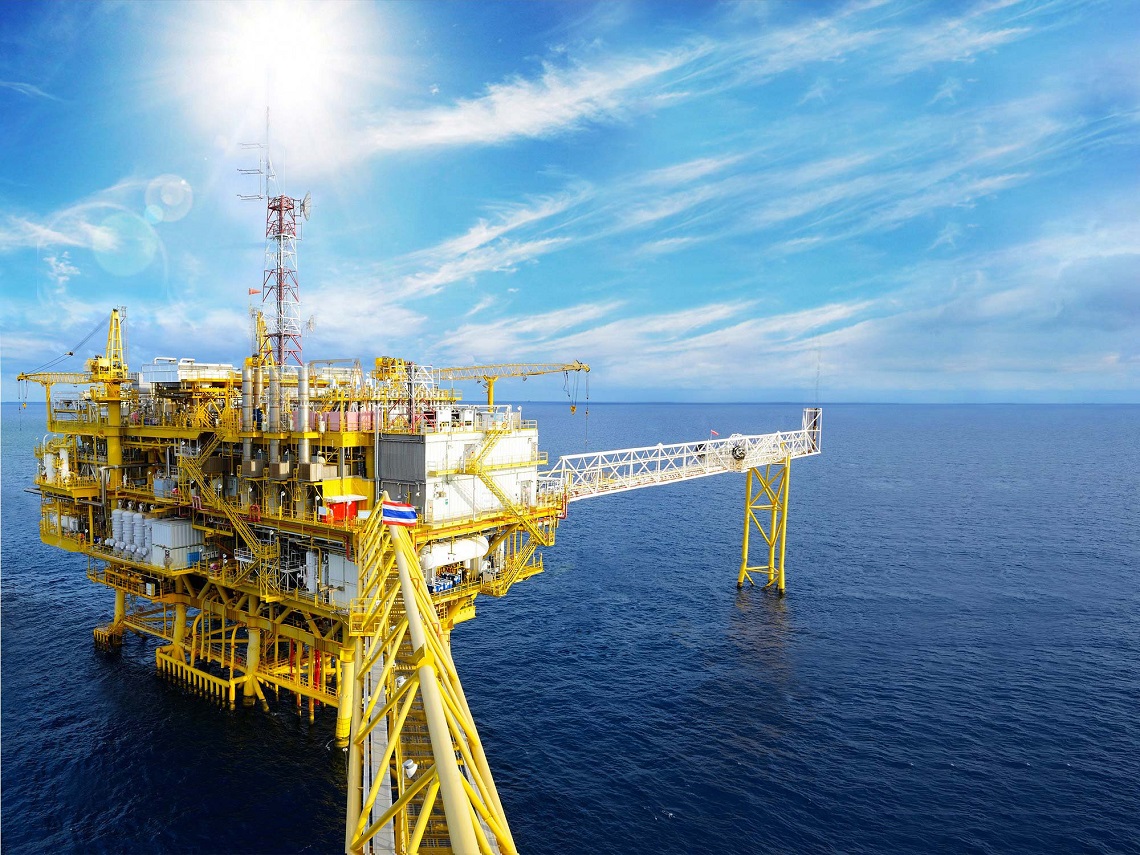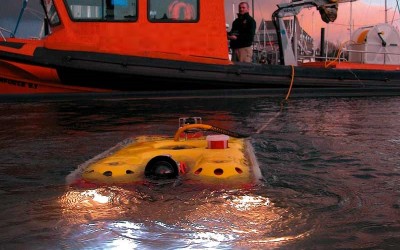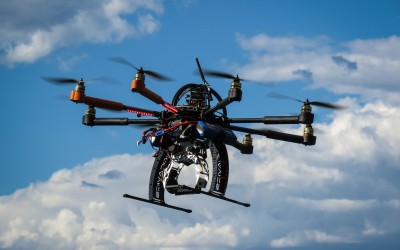Oil rigs inspections

Back in 2009 after the oil platform fire not far from the Australian western cost, drones were sent to evaluate the scale of damages. It is worth noting that until then all damages had been estimated by workers sent directly onto the destroyed platform. It has always put these people’s health and safety at risk as there is no guarantee that the fire is out and the construction is stable. Our trained staff (BOSIET, ROV/UAV) ensure the achievement of the intended inspection objective while maintaining the highest safety level. The abilities of our drones, combined with the knowledge of the engineers we cooperate with in order to attain a reliable report, allow us to help you achieve the intended objective. This in turn, makes taking difficult decisions more accurate through the already existing unknown features reduction. Time and safety are the key features here which makes drones very attractive in terms of reducing costs and accuracy of conducting works while adhering to safety rules at the same time.
Why choose us?
- Offshore oil platform constructions inspection throughout Europe,
- UltraHD 4K video image quality with live video feed,
- Highest quality FLIR brand thermal camera images,
- Recording the video material from the conducted inspection,
- Image analysis conducted by a trained team of engineers,
- Our team have the BOSIET certificate which is required to stay on the oil platform,
- Option of supporting the oil platform’s inspection from the level of the underwater ROVs,
- Full professional pilots’ team trained in the area of safety at the oil platform,
- Thanks to our helicopter fleet we are able to get to difficult to reach places including oil platforms,
- In case of emergency, thanks to our fleet of planes and helicopters we are able to get to any location in Europe within a few hours.
Drone inspection advantages:
- Safety – UltraHD 4K quality up close image without a man’s presence onto the inspected objects,
- Cost saving – Drone inspection is cheaper than using a helicopter while also maintaining the same image quality,
- Time saving – The system’s mobility and its ability to rapidly analyse gathered data reduces the time of defect detection and repair to a minimum,
- High productivity– Low costs and short time of taking photos make for the most effective way of the offshore oil platform’s inspection,
- High quality inspection– our trained pilots are able to fly very close to the inspected object. Together with our engineers’ knowledge we are able to rapidly locate and diagnose even a thermal related problem.
- The best thermal imaging equipment – using highest quality thermal imaging cameras we are able to detect, among others, corrosion, consumption and breakage of the inspected objects.
Drone inspection disadvantages:
- Short flying time – short flying time due to low battery durability requires coming back to the starting point every 15-25 minutes. However, we have a lot of batteries as well as a mobile recharging station to ensure the consistency of inspections,
- Weather restrictions – considering relatively low weight of the drone and considerable amount of electronic elements we must not fly when the wind’s speed exceeds 18 m/s, when it’s raining or snowing.
As a part of MAX BERGER AVIATION group, RovDrone (www.callandfly.pl) has, at its disposal, a fleet of:
- planes that can be used to transport our team to carry out the inspection within a few hours to a given place in Europe (at the client’s request).
- helicopters used to transport our team to hard-to-get places or in case our client wishes the inspection to be physically supervised.
 EN
EN  PL
PL NO
NO

